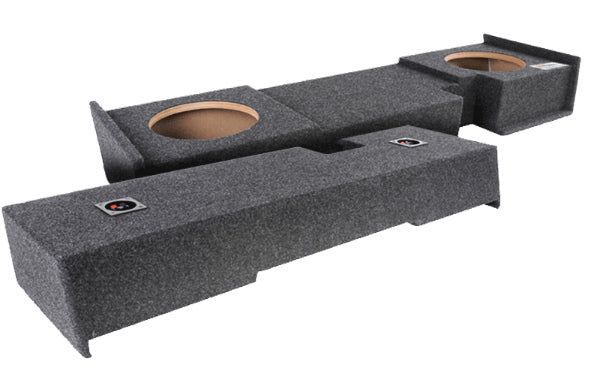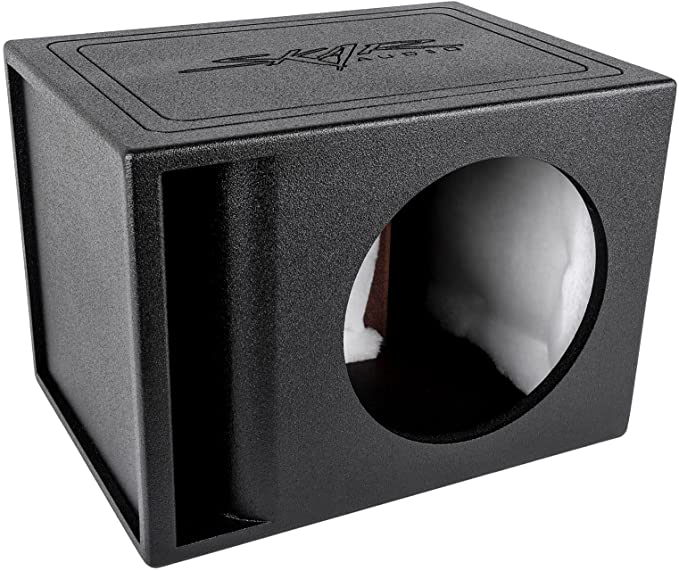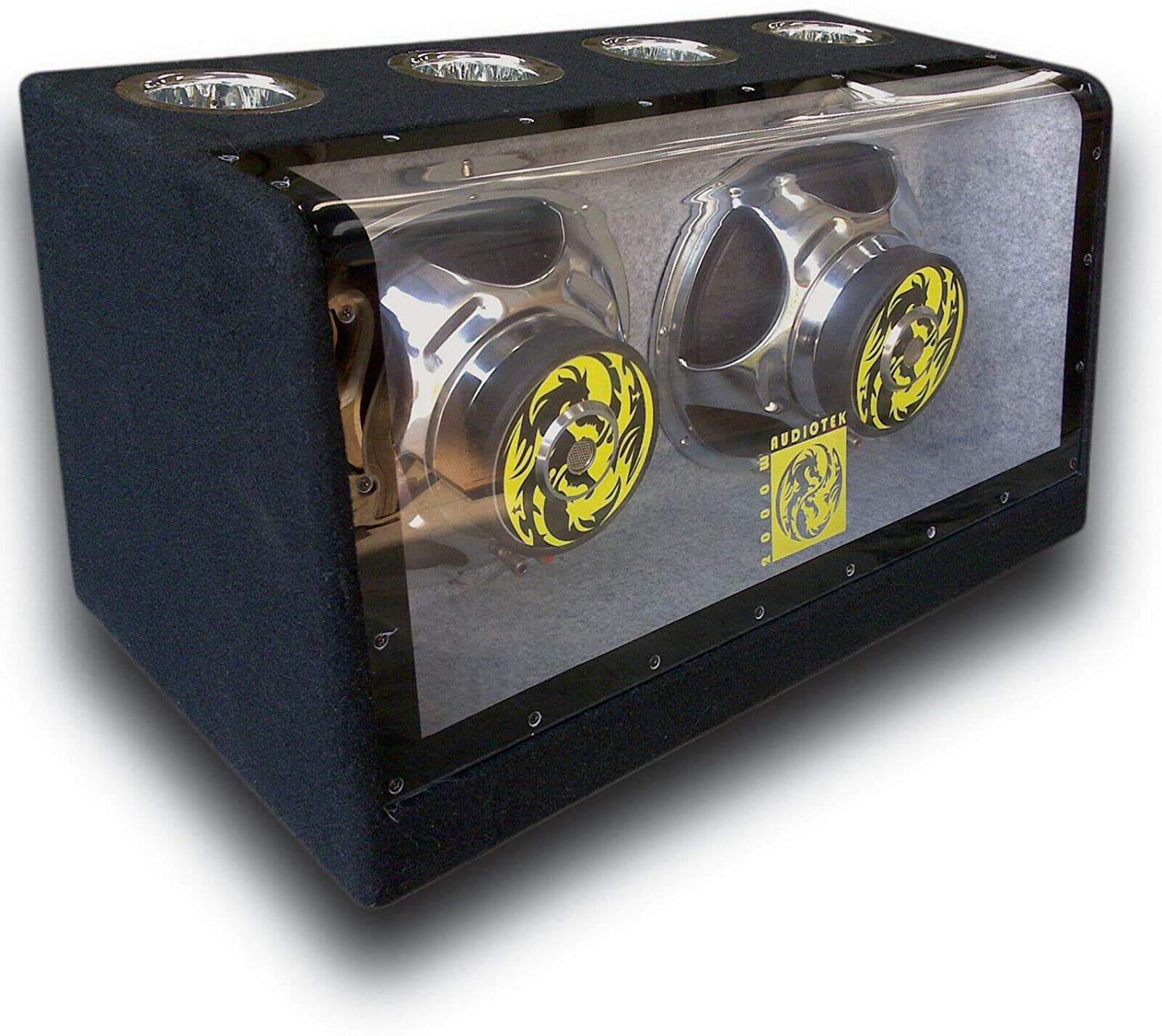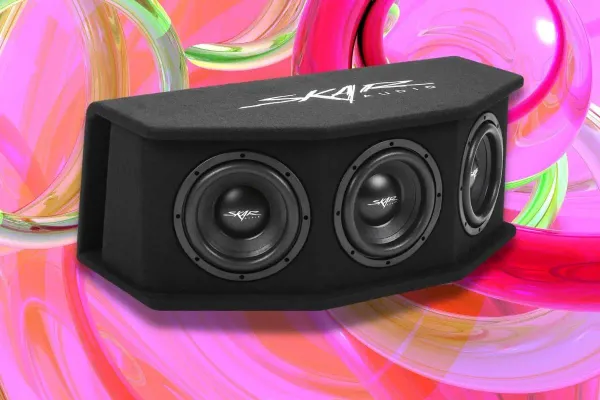The Argument
There is an ongoing debate among audiophiles and car audio enthusiasts about whether a bigger box can make subwoofers louder. This topic has sparked numerous discussions and experiments, with some advocating for larger enclosures while others argue that other factors play a more significant role in determining subwoofer loudness.
Today, we will delve into the science of subwoofers and their enclosures to find out if a bigger box really does make subs louder.
Understanding Subwoofers and Enclosures
A subwoofer is a specialized loudspeaker designed to reproduce low-frequency sounds or bass. It is typically used in conjunction with other speakers to cover the full spectrum of audible frequencies. The enclosure, or box, in which a subwoofer is housed plays a crucial role in its overall performance, including its loudness.
There are three primary types of subwoofer enclosures: sealed, ported, and bandpass. Each type has its own unique characteristics and is designed to emphasize different aspects of subwoofer performance.

Sealed Enclosures
A sealed enclosure is an airtight box that completely encloses the subwoofer. The air inside the box acts as a spring, helping the subwoofer cone return to its resting position after being displaced by an incoming audio signal. Sealed enclosures are known for their accurate bass reproduction and tight sound, but they generally produce less overall output (loudness) compared to ported or bandpass enclosures.

Ported Enclosures
A ported enclosure features a vent or port, which is essentially an opening in the box that allows air to move in and out. This design enables the subwoofer to generate more output (loudness) at specific frequencies, typically at the expense of accuracy and control. Ported enclosures are generally larger than sealed enclosures to accommodate the port and achieve the desired tuning frequency.

Bandpass Enclosures
A bandpass enclosure is a combination of sealed and ported designs. It features two chambers, one sealed and one ported, with the subwoofer mounted between them. This design results in a more significant output (loudness) in a narrow frequency range, making them ideal for applications where maximum impact at specific bass frequencies is desired.
So, Does a Bigger Box Make Subwoofers Louder?
The answer to this question is not as straightforward as it might seem. The loudness of a subwoofer depends on several factors, including the enclosure type, the subwoofer's specifications, and the tuning of the enclosure.
In general, a larger enclosure can potentially increase the loudness of a subwoofer, particularly in ported or bandpass designs. However, simply making a box larger without taking other factors into account may not result in the desired increase in loudness. In fact, it can lead to other issues, such as decreased sound quality, unwanted resonances, or even damage to the subwoofer.
To achieve the best results, it is essential to follow the subwoofer manufacturer's recommendations for enclosure size and tuning. These recommendations are based on the specific characteristics of the subwoofer, including its Thiele-Small parameters, which describe the subwoofer's behavior in various enclosure types. So stick to the pros when it comes to enclosure sizes for their particular subwoofer. Just remember not all subs are created equal. The amount of R&D these companies put into there products far outreaches our opinions!
While a larger enclosure may have the potential to make a subwoofer louder, it is not a guarantee. The overall performance of a subwoofer is heavily influenced by the combination of its specifications, the enclosure design, and the tuning of the enclosure. For the best results, always follow the manufacturer's recommendations and consult with an experienced professional if you are unsure about the optimal enclosure design for your subwoofer.








